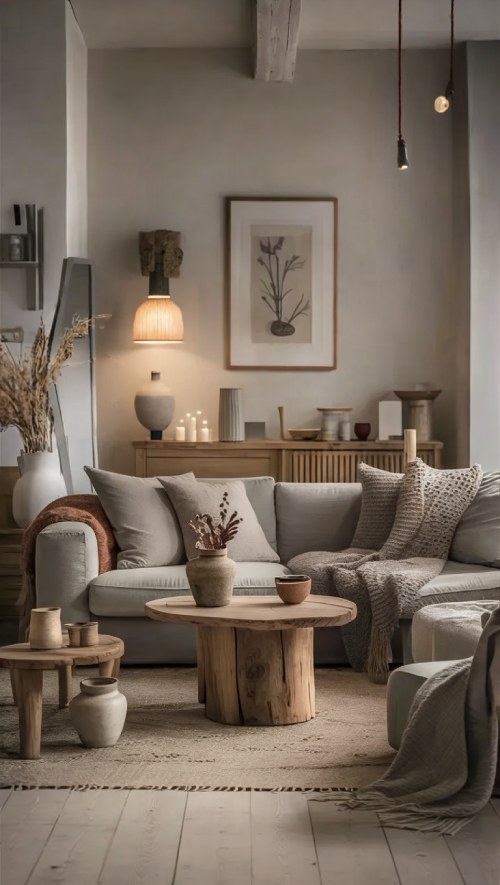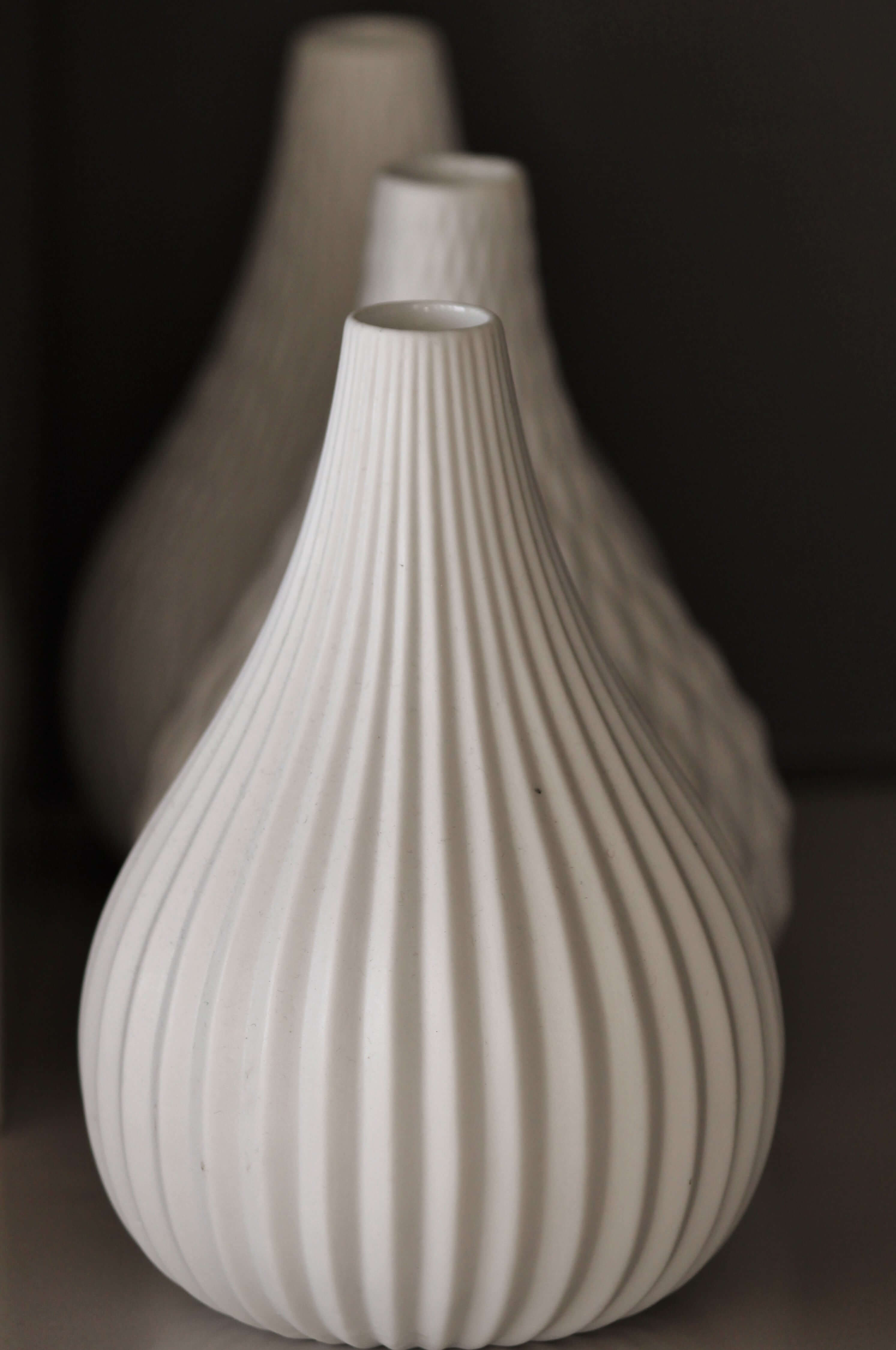Uncover the origins of Scandinavian interior design in a journey through time, culture, and key design elements. Dive in now!
Scandinavian interior design is renowned for its simplicity, functionality, and timeless elegance.
From the clean lines of minimalist furniture to the cozy warmth of hygge-inspired spaces, Scandinavian design has captivated the world with its unique blend of form and function.
Take a journey through the history of Scandinavian interior design, exploring its evolution from early 20th-century minimalism to contemporary sustainable practices.
Early 20th-Century Minimalism
Scandinavian design emerged in the early 20th century as a response to the ornate and heavy furniture styles of the time.
Influenced by the principles of modernism, Scandinavian designers like Alvar Aalto and Arne Jacobsen embraced minimalism, focusing on clean lines, understated elegance, and functional simplicity.
This minimalist approach laid the foundation for the iconic Scandinavian design aesthetic that we know today.
Mid-Century Modernism
During the mid-20th century, Scandinavian design experienced a surge in popularity with the rise of mid-century modernism.
This period saw a fusion of Scandinavian design principles with international modernist influences, resulting in a style characterized by organic shapes, natural materials, and a muted color palette.
Iconic furniture pieces such as the Egg Chair by Arne Jacobsen and the Paimio Chair by Alvar Aalto became emblematic of this era.

Embracing Sustainability
In recent years, Scandinavian design has evolved to embrace sustainability and eco-consciousness.
Recognizing the importance of environmental responsibility, designers in Scandinavia have shifted towards using eco-friendly materials, implementing sustainable practices, and creating designs that prioritize longevity and durability.
From upcycled furniture to energy-efficient lighting solutions, sustainability has become a driving force in contemporary Scandinavian interior design.

Cultural Influences
Scandinavian interior design is deeply rooted in the culture and history of the region.
The harsh climate and long winters have shaped the design aesthetic, leading to an emphasis on warmth, coziness, and natural light.
The connection to nature is evident in the use of natural materials such as wood, stone, and wool, as well as the incorporation of earthy tones and organic textures.
Scandinavian interiors often evoke a sense of calm and tranquility, inviting the outside in.
Balancing Functionality and Beauty
One of the defining features of Scandinavian interior design is its ability to seamlessly blend functionality with beauty.
Every design element serves a purpose, whether it’s a multifunctional piece of furniture, clever storage solution, or space-saving design feature.
Scandinavian interiors are practical yet aesthetically pleasing, with an emphasis on creating harmonious and livable spaces.
The focus on simplicity and minimalism enables each element to shine, allowing the beauty of the design to speak for itself.
In conclusion, the history of Scandinavian interior design is a testament to the enduring appeal of its timeless aesthetic.
From its minimalist roots to its embrace of sustainability, Scandinavian design continues to captivate and inspire with its perfect balance of form and function.
Create anything
As we look to the future, the legacy of Scandinavian design reminds us of the importance of simplicity, sustainability, and beauty in creating spaces that truly feel like home.





